
What’s my why? That’s your first question when contemplating a polar cruise, with a chaser of, “what’s my how?” if you are aged over 60.
An Antarctic or Arctic adventure is a monumental life event at whatever age, but for older travellers, a successful voyage often rests on establishing clear reasons for visiting the poles and making preparations to remain safe and happy there.
As a former expedition cruise crew member – now 60-plus herself – who has also visited both ends of the earth on spectacular National Geographic/Lindblad expedition cruises in recent years, I know the depth of thought required by older travellers for this sort of adventure.
Don’t get me wrong, age is no limit, with many polar cruisers being my age or older. However, experience has taught me that it is those who know what they want from the Arctic or Antarctica and who plan for their particular challenges in remote and extreme environments, that get the most rewarding experience.
Both destinations are unlike any other on earth, and yet they are a world apart. The Arctic encompasses the Northern Hemisphere’s polar region, including Greenland, Canada, Svalbard, Iceland and parts of Russia, while Antarctica is the world’s southernmost continent, generally accessed through ‘gateway’ ports in New Zealand, South America, South Africa or Tasmania.
Their otherworldly icescapes, fascinating fauna and ethereal aurora will enthrall and captivate, and it goes without saying are a photographer’s dream. So, if pictures and videos are your ‘why’, ensure your cruise has a photography focus before booking. A professional National Geographic photographer conducted regular photography tutorials on both my voyages and was available on and off-ship to sort issues, and that’s the level of support to look for.
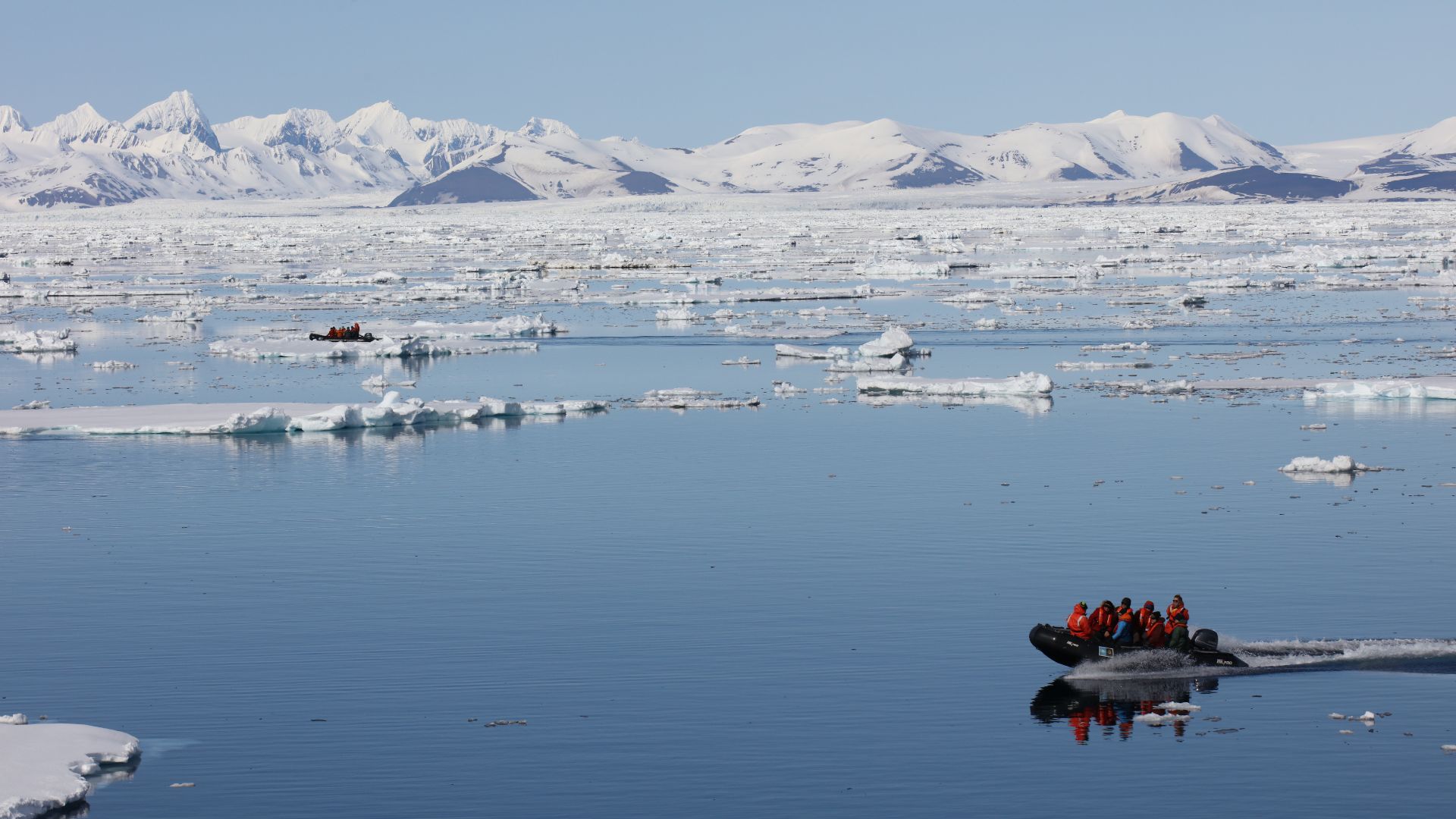
Likewise, if your ‘why’ is simply to experience these unique environments or meet their residents, check the finer cruise details. Confirm the cruise lands you ashore or offers zodiac exploration at the very least, as not all do, especially the larger ships, and that it educates you on what you will see and staying safe while seeing it. As National Geographic/Lindblad passengers we expected and received first-rate information and instruction from our crew and naturalists before meeting the polar locals and their habitats, a standard they maintained both ashore and in the zodiacs.
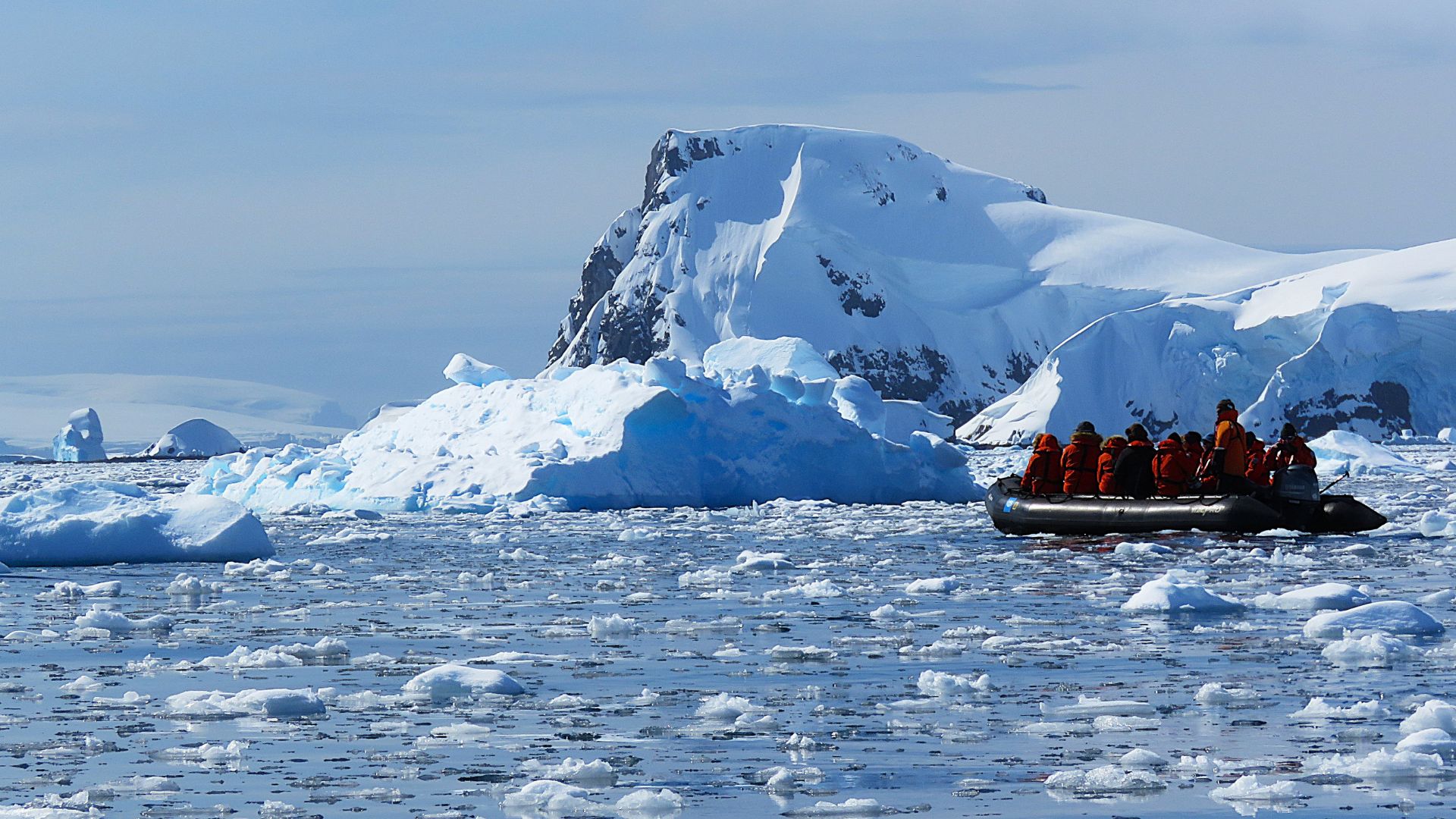
For newbie cruisers, a zodiac is an inflatable boat used by many expedition cruise companies to transport passengers on shore excursions, which starts the conversation around the ‘how’ of polar tourism. While older would-be cruisers might feel nervous about participating in zodiac activities, I strongly encourage giving them a go. You won’t get a more thrilling or immediate experience of the ocean, ice and land environments than on one of these zippy little craft.
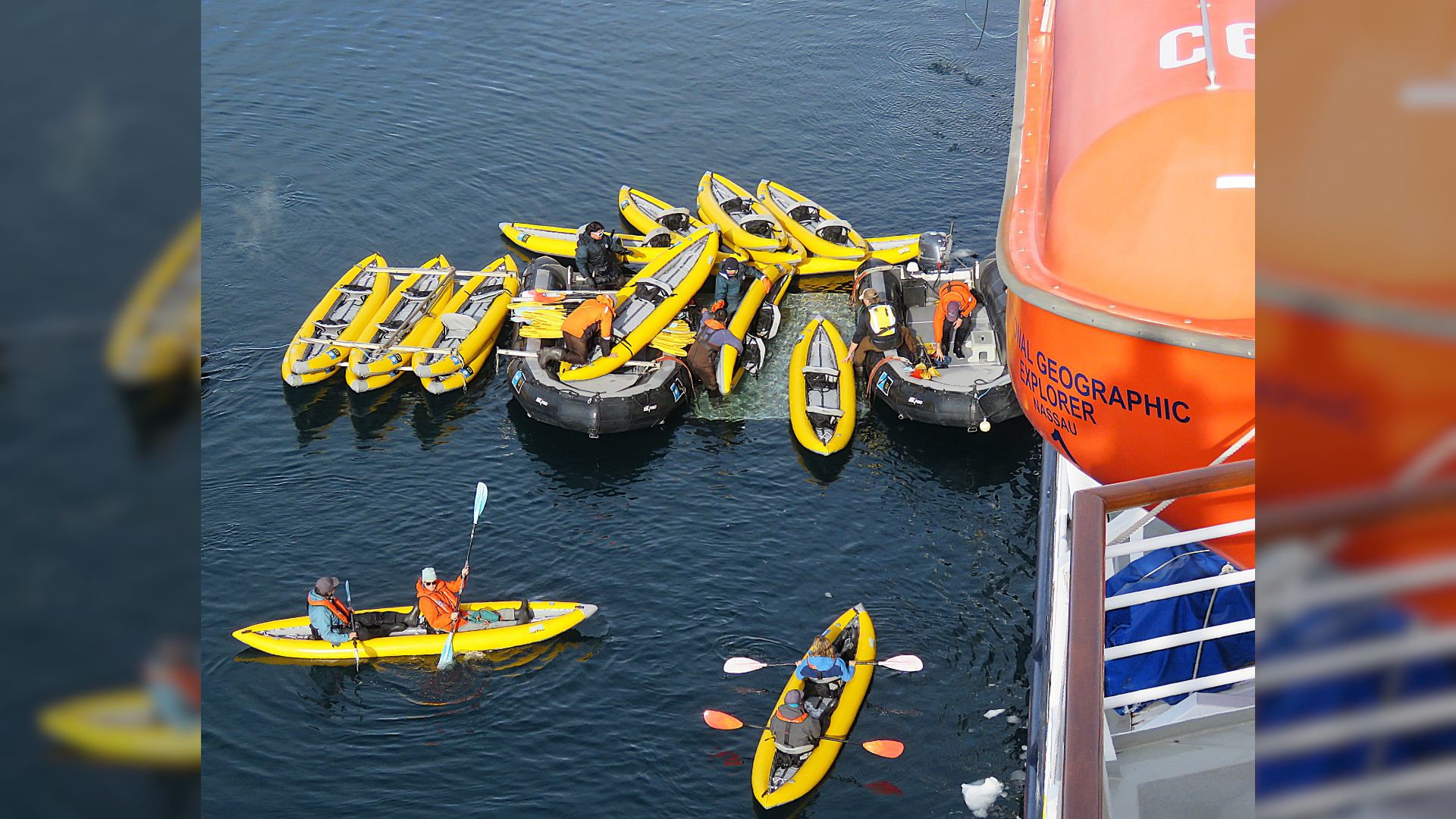
I can’t vouch for other companies, but our National Geographic/Lindblad crew literally bent over backwards to ensure everyone felt safe in the zodiacs and boarded and exited them with ease, regardless of age or mobility.
Mobility was also no issue ashore. While some passengers embarked on strenuous walks, others just admired the scenery or, as can often happen with Antarctica’s penguins, waited until the wildlife came to them. Some of our passengers didn’t even step ashore, preferring to take the zodiac cruise options that afforded close proximity to the action without physical exertion.
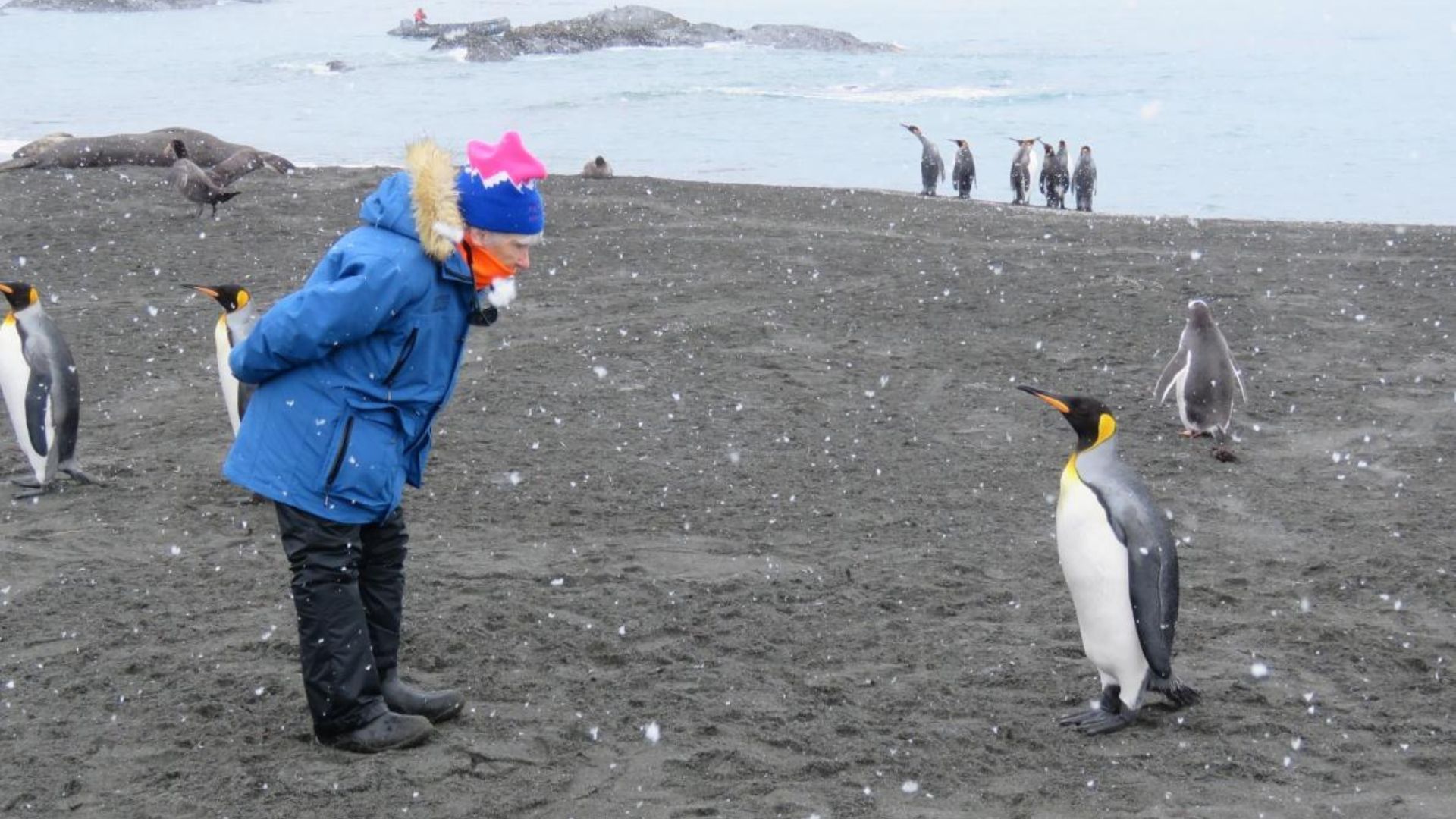
If you have any doubts about your fitness for this kind of trip, talk with your doctor before signing up. Be sure to discuss participation in activities like the polar plunge, an optional polar ocean dip offered by some cruise companies, National Geographic/Lindblad included, and ask whether a pre-departure fitness programme to develop strength, endurance and flexibility would be wise.
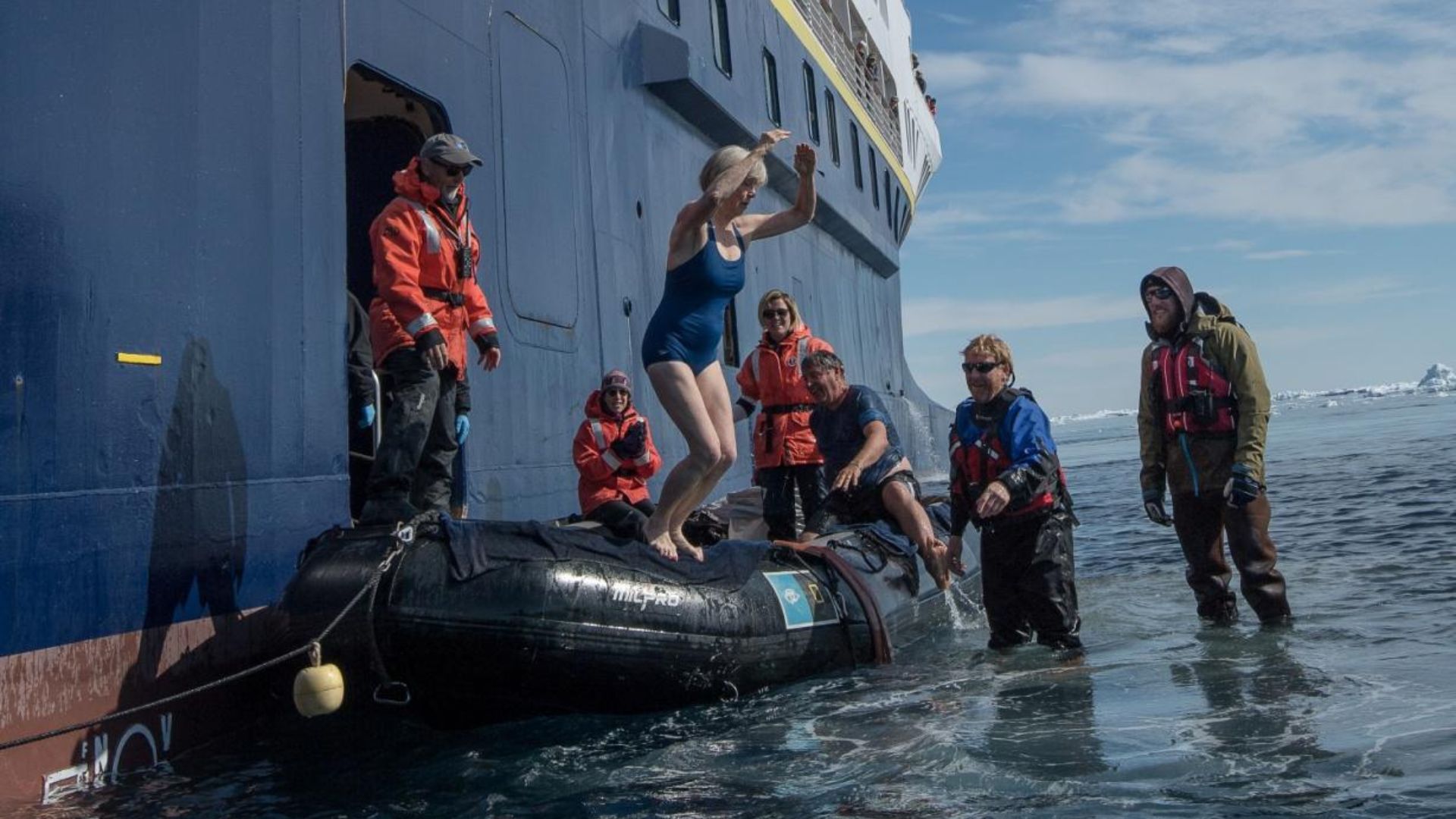
Add a chat about nausea medication to the list. Yes, sea sickness can be an issue on polar oceans, and while my ships had doctors and medication on hand – and inbuilt stabilisers to limit ship movement – others may not.
However, if the thought of a rocking boat really upsets you, many companies – National Geographic/Lindblad among them – offer fly/cruise options from South America that wing their way serenely over the unpredictable Drake Passage to land in Antarctica where your ship awaits.
Getting comprehensive travel insurance is another important way to minimise risk. Make sure yours covers trip cancellation, medical emergencies and evacuation, especially from remote places from which medical evacuation may require costly air transport.
Feeling secure and comfortable is paramount as an older polar tourist, and that extends to your accommodation. If you can afford to, book a well-appointed cabin with ensuite near to dining and lounge areas and situated mid-ship on a lower deck to limit the impact of ship movement.
Personal comfort must also guide your packing. Older folk can feel the cold, so invest in quality thermal layers, including moisture-wicking base layers, insulating middle layers, and a waterproof outer layer. Bring warm gloves, hats, a neck cover and knee-high waterproof outdoor boots, comfortable casual wear for sea days aboard ship, and a few smart-casual outfits for drinks and dinner.
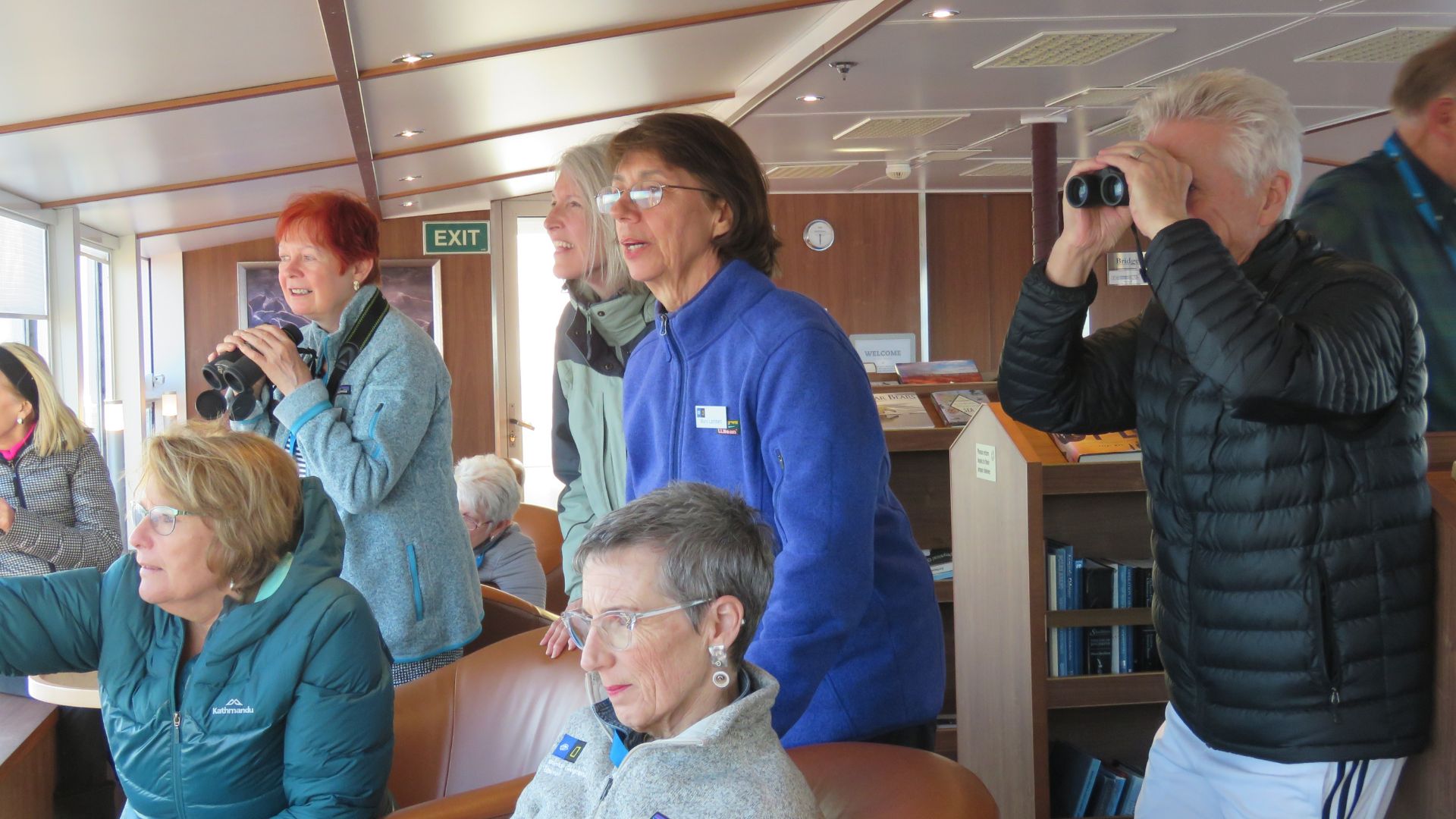
National Geographic/Lindblad provided us with warm, waterproof jackets and offered hire of other outdoor gear to save valuable suitcase weight and space. Their reasonably priced, same-day laundry service also meant that I didn’t have to pack too many clothes.
As mentioned, bring ample and comprehensive medication and include high-SPF sunscreen and lip balm, polarised sunglasses, top notch binoculars, and books or devices for relaxing in your cabin during down time.
Or, just sightsee. My final advice is to relax and enjoy the incredible scenery, spot whales or marvel at the unbelievably beautiful and myriad ice forms in both polar environments. You are worry-free and safe – not to mention superbly wined and dined if on a National Geographic/Lindblad cruise – and may never be in such magnificent wilderness again.
Indeed, standing on deck on fabulous days, or sitting in the ship’s observation rooms on feistier ones, can be a deeply moving experience. Somehow, the ‘why’ and ‘how’ blend into one powerful “Wow!”, and that’s when you know you got your polar purpose and preparation just right.
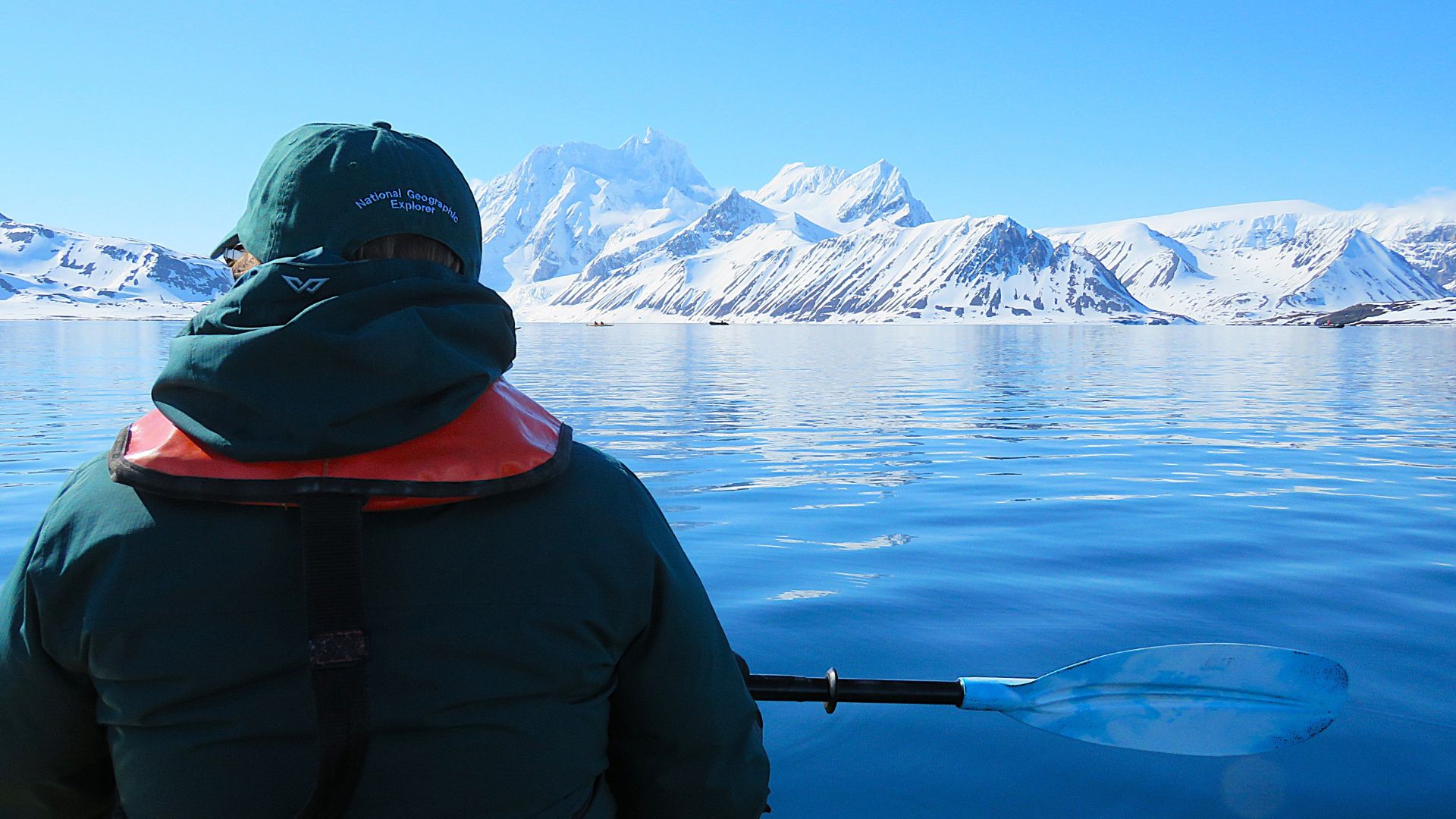
Sue Halliwell travelled to the Arctic and Antarctica with National Geographic-Lindblad expedition cruises. To learn more about their polar and other cruises, go to https://au.expeditions.com/.